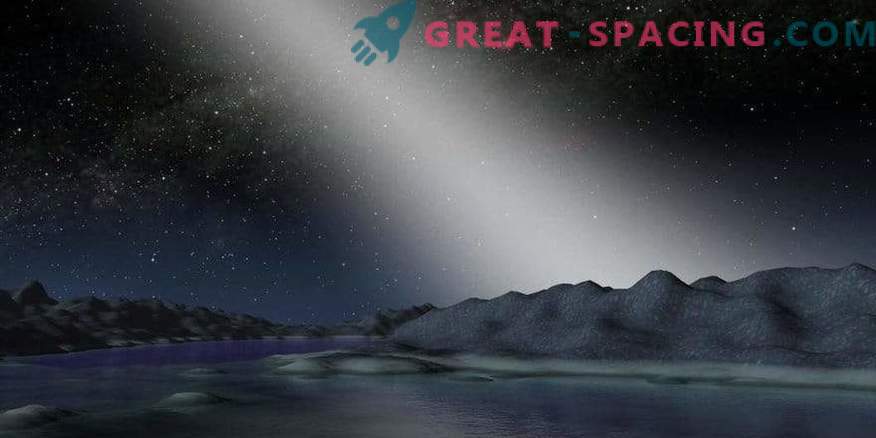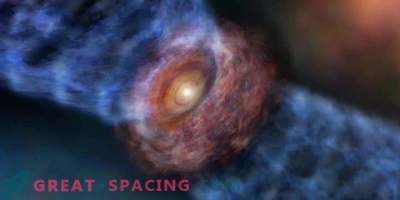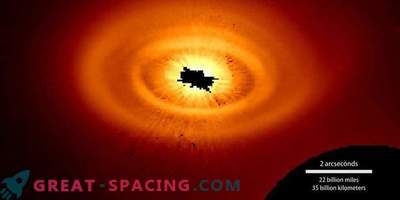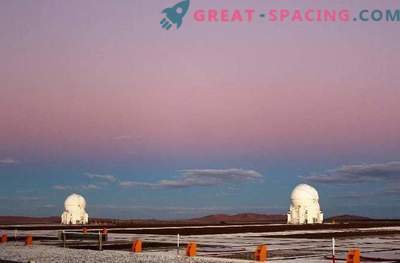
An artistic vision of how the sky looks from a planet in an extremely dusty solar system. Dust rotating around stars is called zodiacal, and reflected light is called zodiacal light.
Dust veils wrapped around distant stars can help scientists search for potentially habitable exoplanets. The HOSTS mission (Hunter of Observing Signatures of Ground Systems) was asked to learn more about the impact of dust on the search for new worlds.
Using the Large Binocular Interferometer Telescope (LBTI) in Arizona, the HOSTS study determines the brightness of warm dust floating in the orbital planes of other stars. Thus, it was possible to study the dust in the habitable zones of nearby stars. LBTI is 5–10 times more sensitive than the previous telescope (the Keck Observatory interferometer). Scientists have reported that most of the solar stars are not endowed with high levels of dust filling, which allows you to better adjust the search criteria for habitable planets.

LBTI is a ground-based instrument connecting two 8-meter telescopes on Mount Graham in Arizona. Together they create the largest single telescope in the world. The interferometer is designed to search and explore stars and planets outside our system.
LBTI is funded by NASA's Exoplanet research department and is managed by the Jet Propulsion Laboratory (Pasadena). In addition, it is an international program in which the United States, Italy and Germany participate.











































